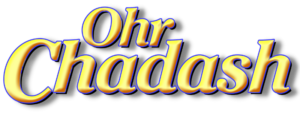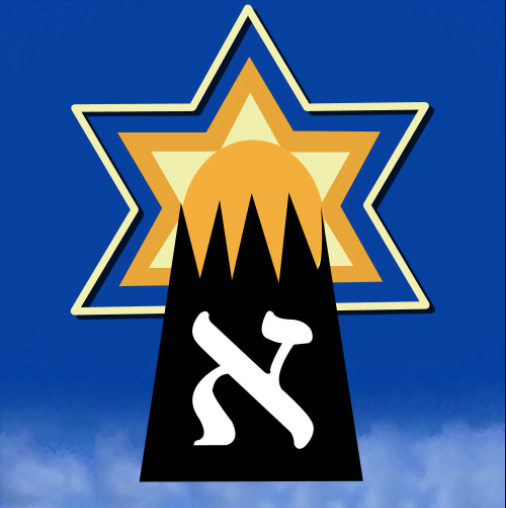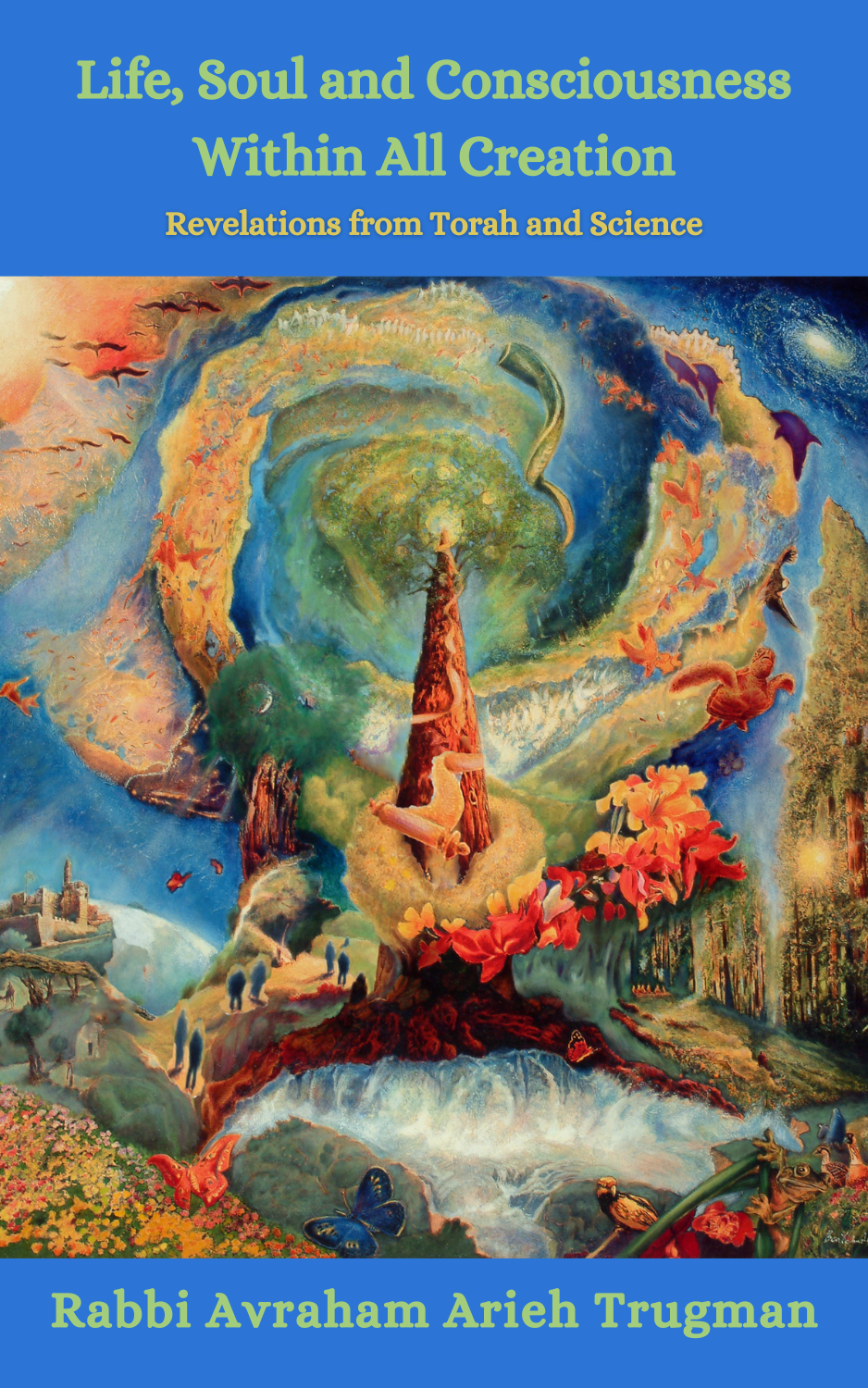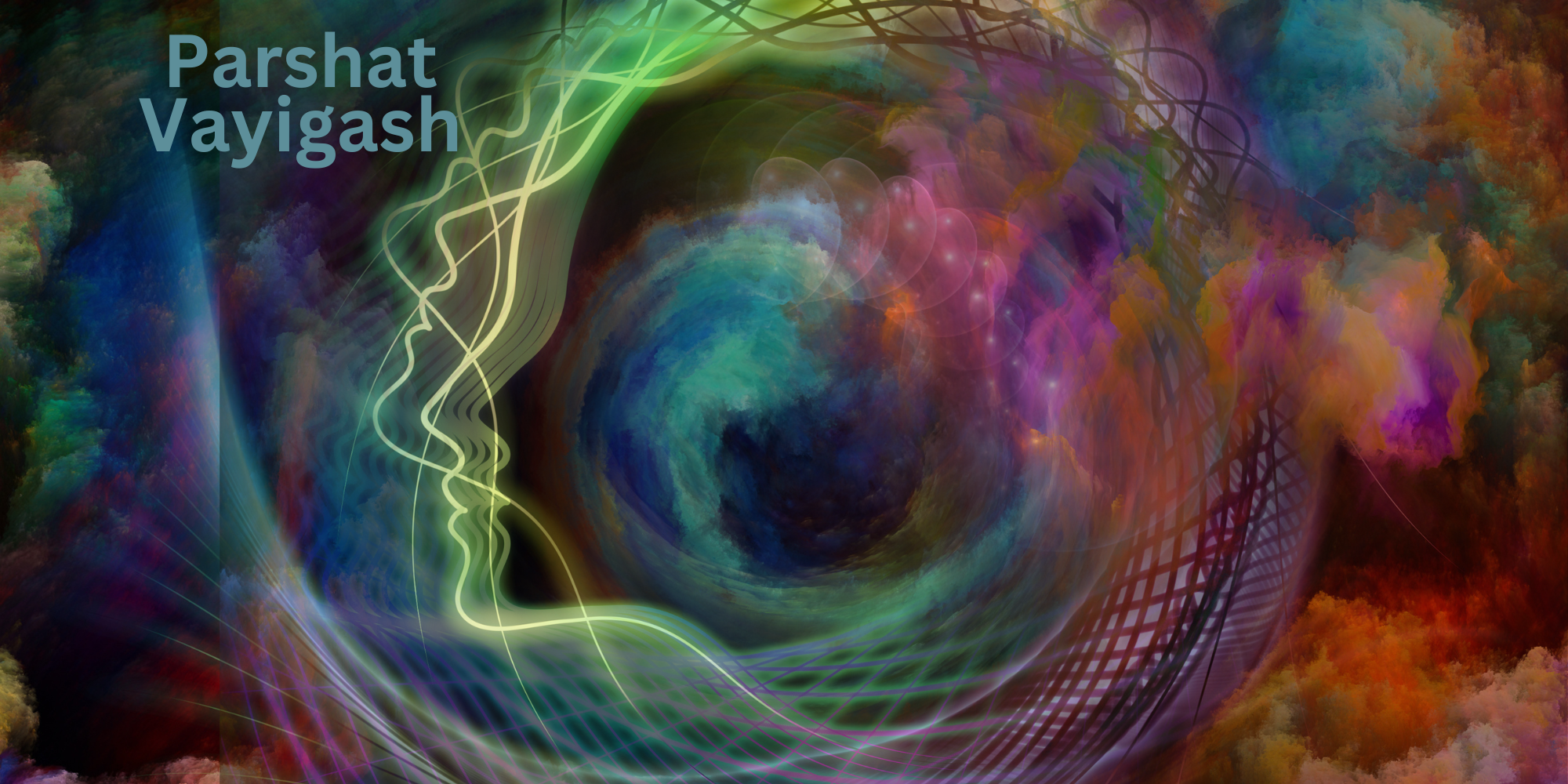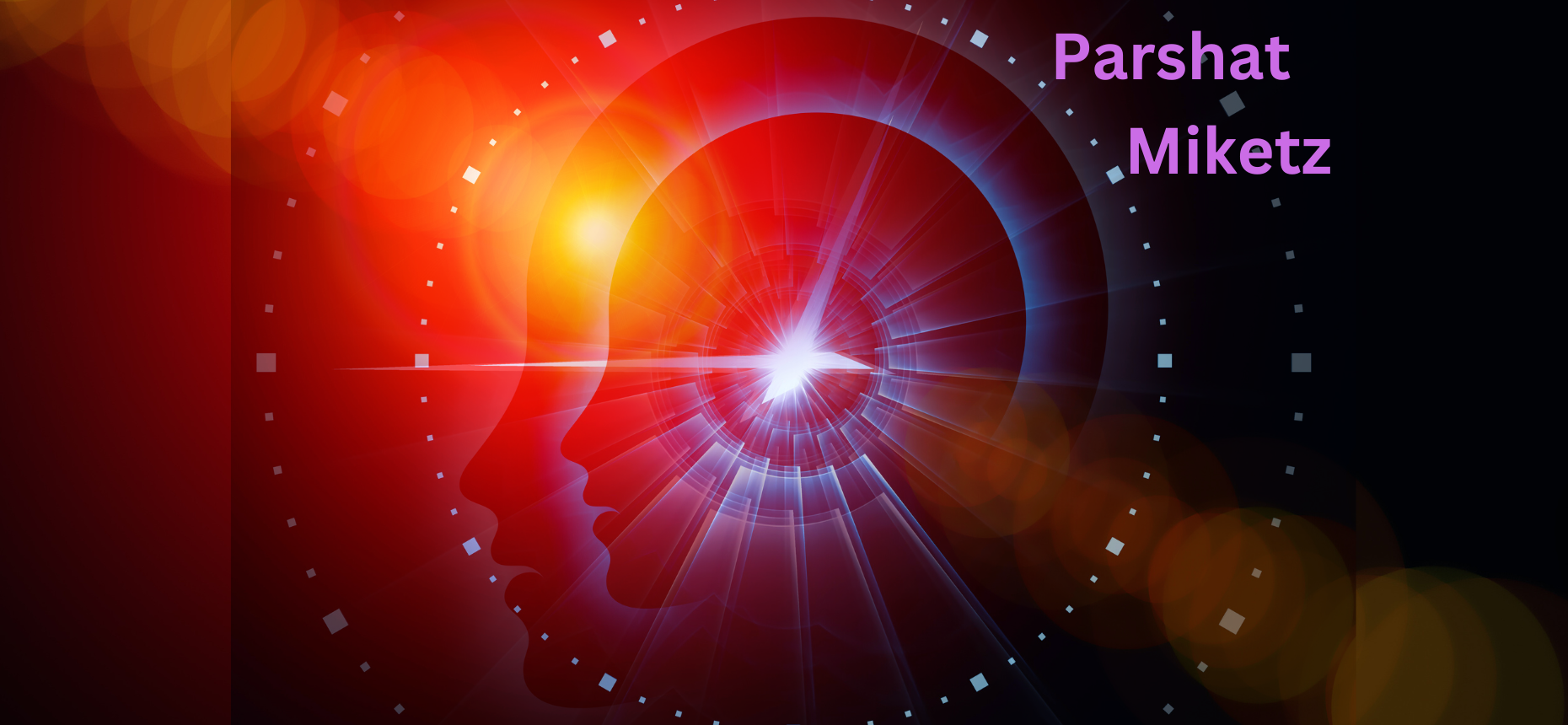As we established in the previous section, Chukat touches on those paradoxical matters that are beyond the boundaries of human reason. By its very nature paradox is inherently mysterious, and when deeply contemplated, forces us to develop pathways in our minds and souls that we hardly knew were there. Sometimes, in these moments, when we grapple with those existential issues in our lives that perplex us, life’s profoundest mysteries are revealed. Perhaps this portion is directing us to ponder these issues, as a number of other highly paradoxical and mysterious incidents occur in it. In this section, we will not investigate each and every narrative indepth; instead, we will focus on their paradoxical natures and the paradoxical web linking them.
One of the most difficult matters to understand in the Torah is God denying Moses and Aaron entry into the Land of Israel because Moses hit the rock to bring forth water instead of speaking to it as God had commanded. Many commentators have expressed surprise and wonder that such a seemingly small error would result in such a drastic punishment. Indeed, given that Moses was commanded to hit the rock with his staff on a previous occasion and God instructed Moses to bring the very staff he had used with him this time as well, the punishment seems unduly harsh.
One constant theme mentioned by many of the commentators trying to resolve this enigma is that it appears that God never had any intention of allowing Moses to lead the people into the Promised Land. His hitting the rock was merely an “excuse.” As we previously discussed in Beha’alotcha, Eldad and Medad had prophesied that Moses would not lead the people into the Promised Land, so long before Moses hit the rock it seems the future had already been determined. Thus, we are once again confronted with the paradox of free will and Divine Providence. For if Moses was not destined to go into the Land and God merely needed an “excuse,” did Moses have any real choice, for at some point, he would have had to have made a mistake that would lead to his being banned from leading the Jews into the Holy Land.
A second puzzling incident occurs when, in response to the Jewish people speaking out against God and Moses again, poisonous snakes appear and bite the people causing many to die. When the people come to Moses, admit their mistake, and beg him to pray for them, God tells him to fashion the figure of a snake and mount it on a pole. All those who had been bitten were instructed to stare at the snake and then they would be healed. One is immediately struck by God’s seemingly baffling instructions. Why did God want to heal the people by having them stare at the very image of the animal that had fatally wounded them? Why did God have them stare at and apparently be healed by (not to mention having Moses fashion) what to all intents and purposes seems to have been an idol? The Talmud warns us against erring by thinking that the snake on the staff had any power of its own. When the people looked upwards and were, therefore, moved to contritely ask for Divine assistance, God Himself healed them. Notwithstanding the Talmud’s warning, the question still remains regarding why God instructed Moses to fashion the figure of a snake and mount it on a pole at all. Could the people not have been instructed to repent and pray to God without the means of the physical image?
Part of the answer seems to be that although everything is ultimately dependent on God, He fashioned a world that requires man to do his part. The snake represents an antidote that was needed to heal the people, a tool intended to remind the people of why they had been bitten in the first place. Only after remembering this could they turn remorsefully to God, so that He could, in turn, heal them. Although God does not explicitly tell Moses what material to fashion the snake out of, the Torah informs us that he used copper. The Hebrew word for copper (nechoshet) shares the very same root with the Hebrew word for snake (nachash). This common root alludes to many deep insights concerning the healing process and the psychology of healing highlighted by this incident. The Midrash notes that God is different from human beings; when God cures He does so through a process of “like cures like,” whereas when human beings attempt to heal they use opposites (Bereishit Rabbah 77a).
From a purely logical point of view, the human approach seems to make more sense, for instance, we pour water on fire to extinguish it. However, the process of vaccination, for example, which has helped prevent and even eradicated many of the most horrific and intractable diseases all over the world, works on the principle of “like cures like.” Scientists realized that by vaccinating an individual with a weakened version of the very disease one is being vaccinated against (or a very similar one), the body will create the necessary antibodies to fight that specific disease. Homeopathy is based on the same principle. Significantly, not only is the bite of the nachash cured by staring at the nachash nechoshet (copper snake), the pole that Moses mounted the copper serpent on is referred to as a nes, which means both pole and miracle. It is no wonder then that the Western world adopted the symbol of the snake on the staff as the emblem of the medical profession.
The notion of healing with the principle of “like cures like” also finds resonance in the field of psychology, which teaches that in order to let go of traumatic or abusive experiences one must be ready to confront and grapple with the root causes, no matter how difficult or painful. This goes against the natural human inclination of avoiding the source of that painful experience at all costs. Indeed, people often resort to drastic measures to mask their pain that are sometimes even more dangerous to them physically and mentally than the original cause of the suffering. Modern psychology has developed various ways of bringing people back to the “scene of the crime” so that they can once and for all be freed from the ongoing effects of the trauma. This same strategy of curing “like” with “like” is familiar to all of us from the folk wisdom that if you fall off a horse or a bike, you should immediately get back on again before the fear of doing so sets in.
In a portion full of paradoxes it is no surprise that a constant underlying theme is life and death, from the red heifer’s purifying ashes to the copper snake’s healing powers, both of which save the Jews from the impurity and finality of death. For the ultimate paradox is the mystery of life and death itself, as Pirkei Avot (4:29) states, “for against your will you were created; against your will you were born; against your will you live; against your will you die, and against your will you are destined to give an account before the King Who rules over kings, the Holy One, Blessed is He.” In between these two bookends people strive to unravel the existential questions of who they are, what their purposes are, and how their lives and deaths fit into the bigger picture.
That Miriam and Aaron’s deaths are recorded in this portion is especially significant as they did live rich and full lives as leaders of the Jewish people. Aaron’s death is particularly significant as the Sages taught that he died by way of “the kiss of God.” According to tradition, Moses and Miriam also died in this fashion. This phrase flies in the face of our initial assumption that death is a jarring or abrupt passage between worlds. Although death can certainly be unexpected and at times even violent, here we are given a glimpse of a different type of death, one which promises a smooth and comforting transition from life to death. From a Jewish perspective, this type of peaceful death is reassuring, since it confirms that death is merely a portal to life lived in a different dimension.
Birth and death, and in fact every moment in between, are charged with paradox and mystery. Some people find that uncertainty and the inexplicable questions that arise when they attempt to understand life’s complexities cause them discomfort and stress. Yet, if we approach life with a sense of wonder and a desire to break through the normative barriers of understanding, our time in this world can assume new meaning and offer tremendous opportunities. As Chukat demonstrates there is no better guide to lead us through the complexities of life and death than the Torah, whose very essence contains the light necessary to illuminate our ways through the contradictions and challenges we constantly face.
